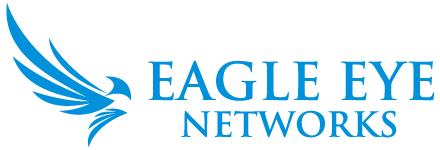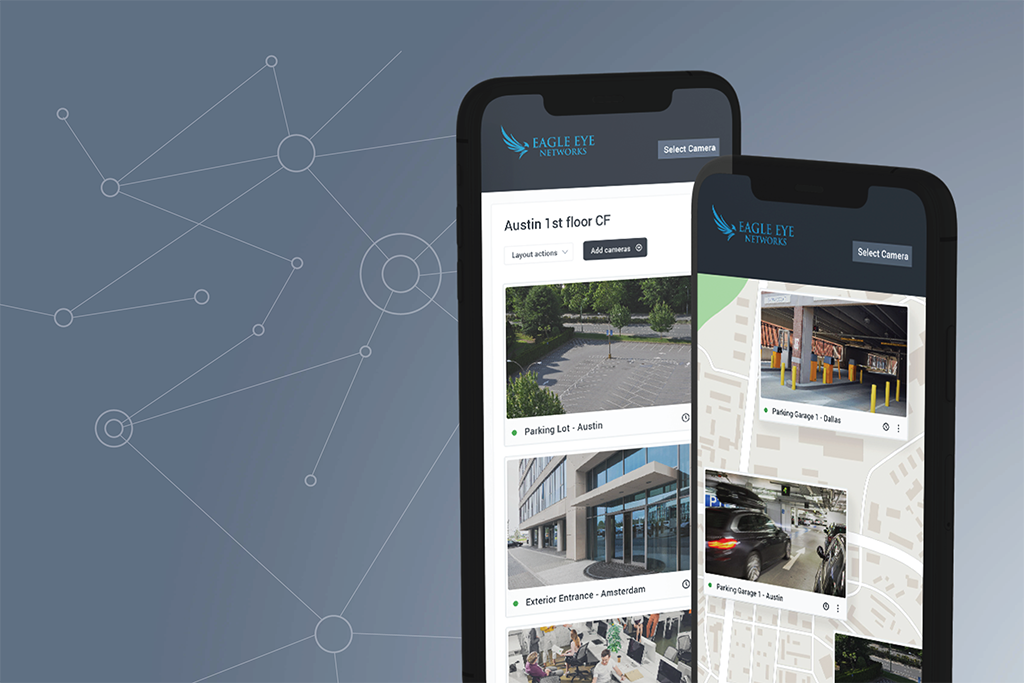7 Reasons Why Multisite Businesses are Turning to Cloud Video Surveillance – Including Remote Viewing
July 19, 2021

July 19, 2021

If you own or operate a multi-location commercial business, such as a retail shop, or quick-service restaurant (QSR) franchise, you know how difficult it is to monitor your entire regional operation. Because, let’s face it, you can’t be everywhere at once!
Using a cloud-based video management system (VMS) enables you to remotely view your business and security camera footage from anywhere, any time, on a single screen, all with lower costs and enhanced cybersecurity. Gain business insights into your various locations, and view the cash register, food prep line, product displays, and more, whether you’re able to visit onsite or not.
A Cloud VMS offers several key benefits that enhance your business operations, save you money, and improve the customer experience. Keep reading to learn more about the benefits of a modern cloud VMS and how it can help your business address challenges and run more efficiently.
Most multisite business operators deal with several onsite surveillance challenges. From limited to no remote viewing capabilities, high IT overhead for maintenance and repair, to lack of cybersecurity and business intelligence to enhance operations, the issues are numerous. The benefits of a cloud VMS make this technology stand out as an affordable and effective commercial business solution.
Here are the top seven benefits of a cloud VMS for your security camera system:
Click here to compare the differences between on-premises and cloud surveillance systems.
For more information on the Eagle Eye Cloud Video Management System, book a personalized 15-minute demo today.

We’ve all heard some iteration of the saying, “It’s like she has eyes in the back of her head.” The expression, which dates back to Roman times, means one can…
September 21, 2020
Last week I had the pleasure of attending and presenting at PSA TEC 2021. It was great to get back out into the world and actually see people face-to-face again.…
May 12, 2021
We're always saying how you can use the Eagle Eye Security Camera VMS from anywhere. Yesterday I decided to put that to the test. I was on a Southwest Airlines…
June 5, 2014